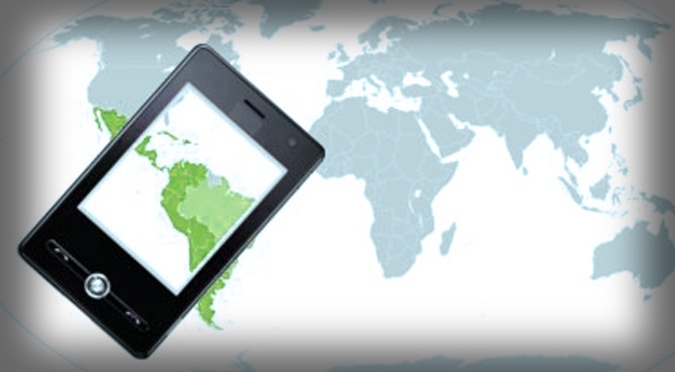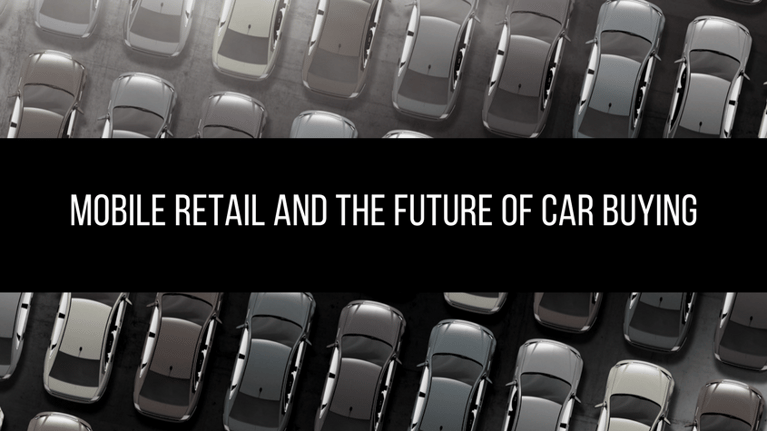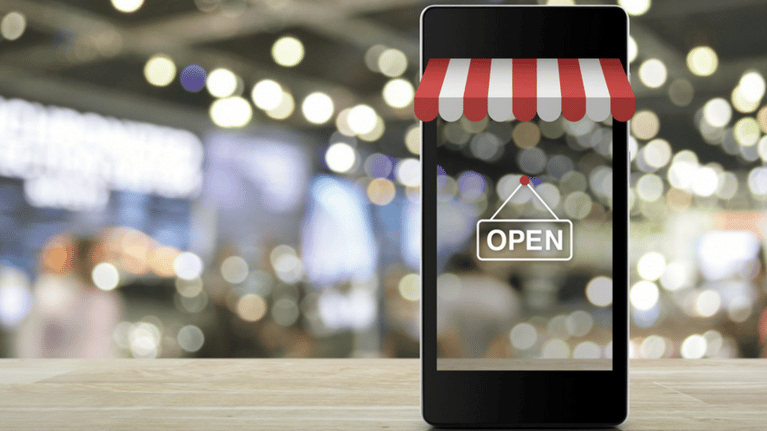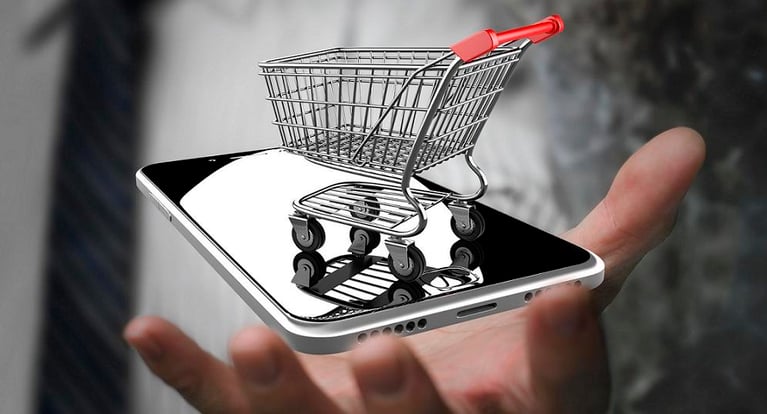Why the Developing World is the Most Mature Market for Mobile Payments
Feb 10, 2016 / By Vanessa Horwell
In the U.S., many saw 2015 as a tipping point for the mobile payments industry. And for good reason, since consumers’ interest in and use of mobile payments technology reached new heights over the course of the year. Venmo, for example, processed $2.1 billion in payments volume in Q3 alone, and mobile payments solutions like Apple Pay, Google Wallet, and Facebook’s Messenger-enabled payments feature made major headlines.
But upon slightly closer scrutiny, you’ll find cracks in the storyline of a recent “mobile payments boom.” U.S. consumers’ adoption of “mPayment” tools – even those from the top titans of the tech industry – isn’t exactly taking off at a skyrocketing pace: A recent survey of 1,000 consumers who owned Apple Pay-compatible iPhones found that only 20 percent had ever used the service (even once!), and Google is reportedly so anxious to get consumers using Android Pay that it will soon give out free Chromecast streaming devices to anyone who utilizes it.
Yet elsewhere in the world, there’s a nation where in Spring 2013 – almost three whole years ago – 56 percent of the population made or received payments using cellphones… and where now a reported 90 percent of adults utilize a mobile payments service.
Which country’s mobile payments market is so mature? Kenya’s – and it may be just the beginning.
BlackBerry announced late last year that it plans to plans to enable BBM users in Africa, starting with Nigeria, to send money or airtime to one another “as simply as they transfer photos or files.” (The move is BlackBerry’s second big push to expand use of its technology for mobile payments in emerging markets, following on its launch of BBM Money in Indonesia in June 2015.) And more than $30 million in transactions were made on Samsung Pay in just the first month it was available in South Korea.
On its face, it’s a stunning scenario. The mobile payments market is largely underdeveloped in the U.S. and other technologically advanced western countries (like the U.K., where less than 1 percent of consumers use their phones to make payments on a daily basis). Yet the mPayments space is hugely developed in the so-called “developing world.” What gives?
The issue at hand is largely value. For consumers in the U.S. and U.K., there’s little advantage to utilizing a mobile payments solution instead of a more traditional payment method: For a 2015 report, the Federal Reserve asked U.S. consumers the reasons they have not adopted mobile payments; 75 percent said it’s easier to pay with cash, credit, or debit, while 59 percent said they “don’t see any benefit” to using mobile payments technology.
That’s because in Western countries, mobile payments are simply an additional payments option – typically one connected to (or layered on top of) the consumer’s existing banking infrastructure. In the developing world, however, consumers are “underbanked,” often lacking the ability to establish bank accounts or utilize other financial services tools.
As such, mobile wallets and other mPayment solutions are used in place of bank accounts and other traditional (and less accessible) payment tools, such as credit cards – making them more like an alternative currency. Kenyans use their primary mobile payments tool, M-PESA, for everything from taxis to taxes because most don’t have bank accounts – M-PESA is their payment vehicle. Period.
So how can mobile payments technology providers bridge the chasm between the developed and undeveloped worlds? There’s no clear answer yet, but Google may be on to something with its giveaway approach: 79 percent of respondents to a 2014 Accenture survey said that discount pricing or coupons based on mobile payment usage would entice them to use mobile payments more.
More substantial opportunities, however, may lie in creating partnerships to engender the convenience that M-PESA’s ubiquity offers the Kenyan community. 71 percent of respondents to Accenture’s study said that the option to purchase items immediately through a mobile device (eliminating the requirement to use a checkout lane) would compel them to use mPayments more – and it’s easy to imagine how once a small number of consumers started enjoying that kind of tangible benefit, others would follow in droves.
So while 2015 was an important year for mobile payments, it’s clear the “tipping point” is yet to come – and it won’t arrive until more merchants collaborate with the mobile payments industry to find ways to create real value for consumers. Here’s hoping 2016 brings that kind of innovation to the forefront!
Sign up for our insights on the convergence of business and PR





